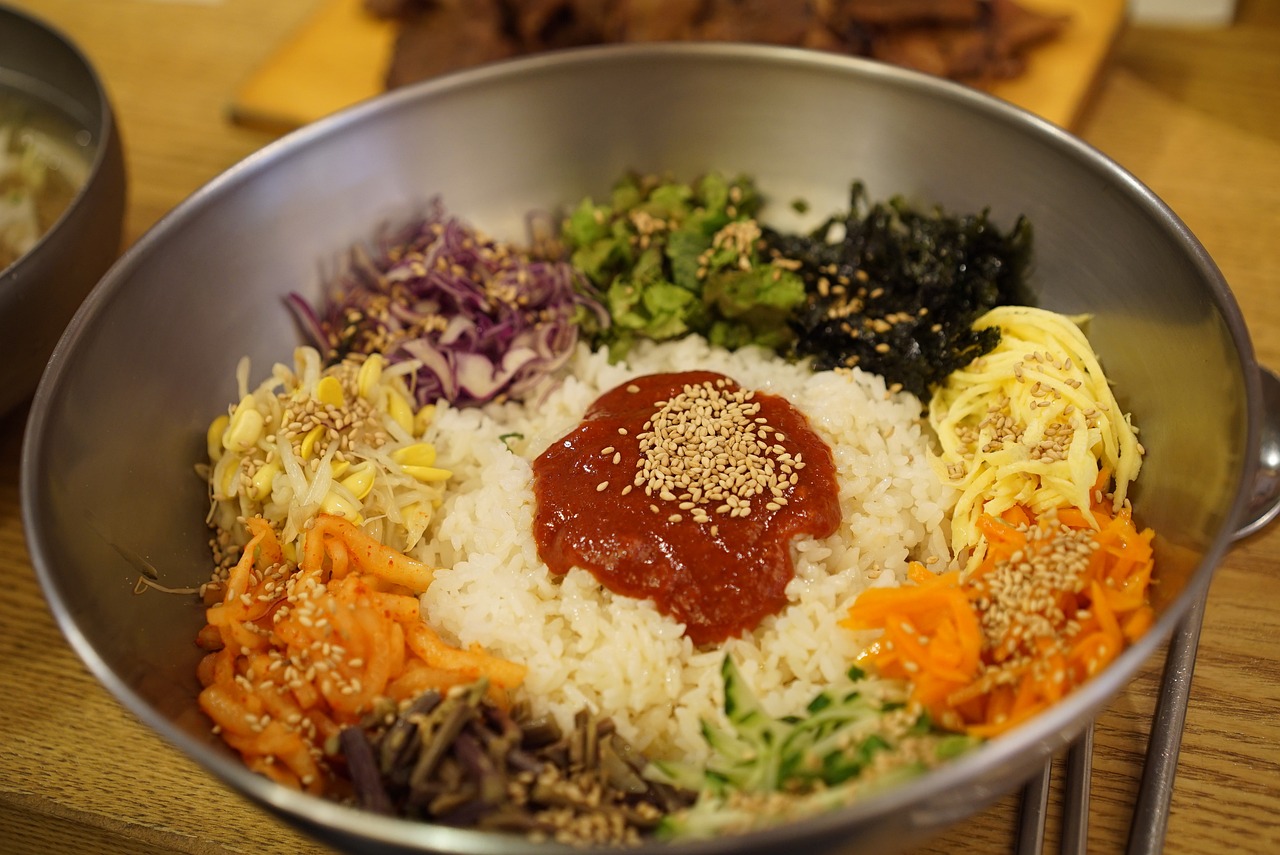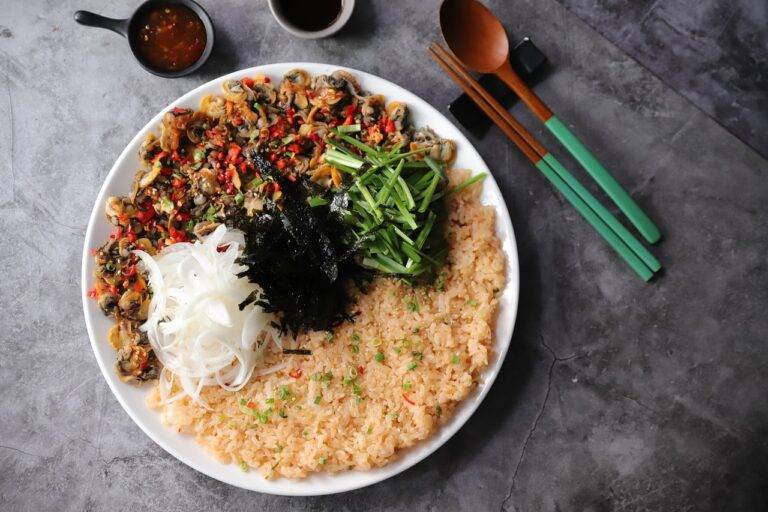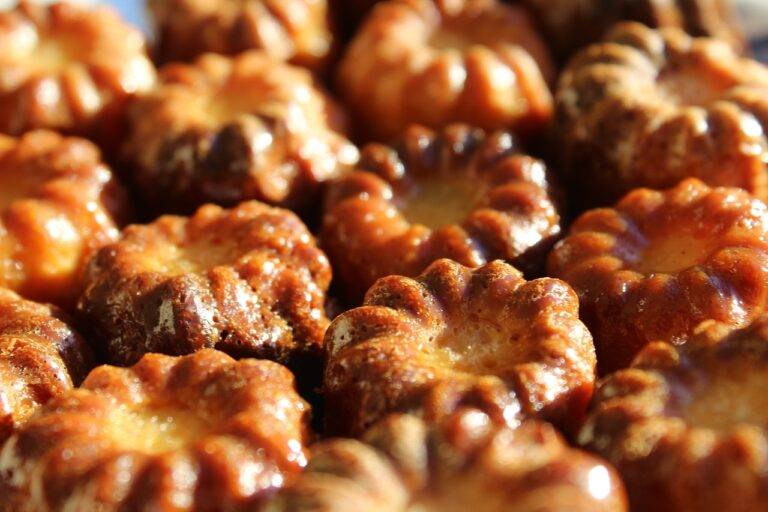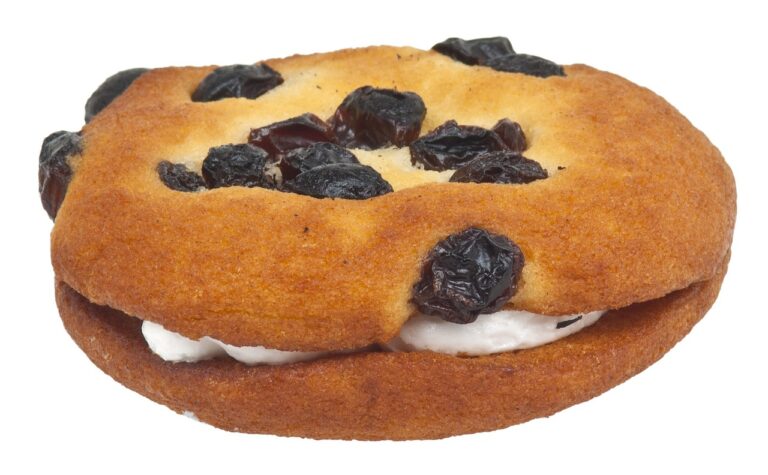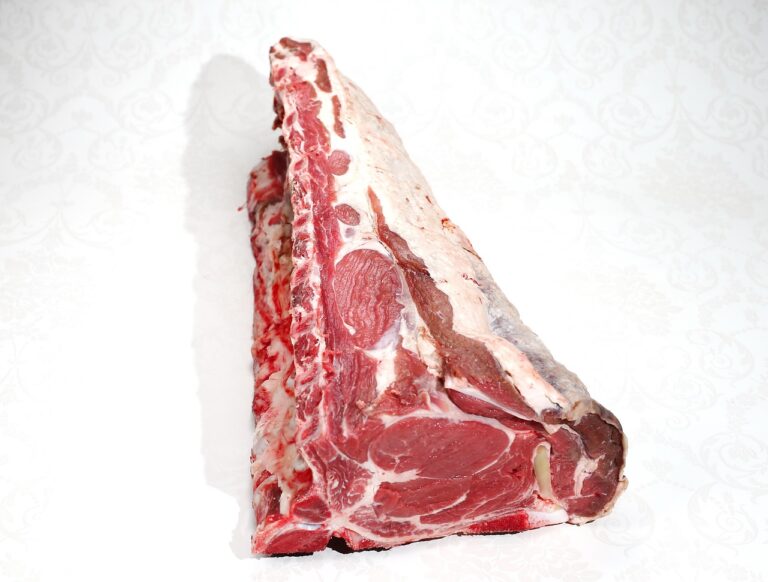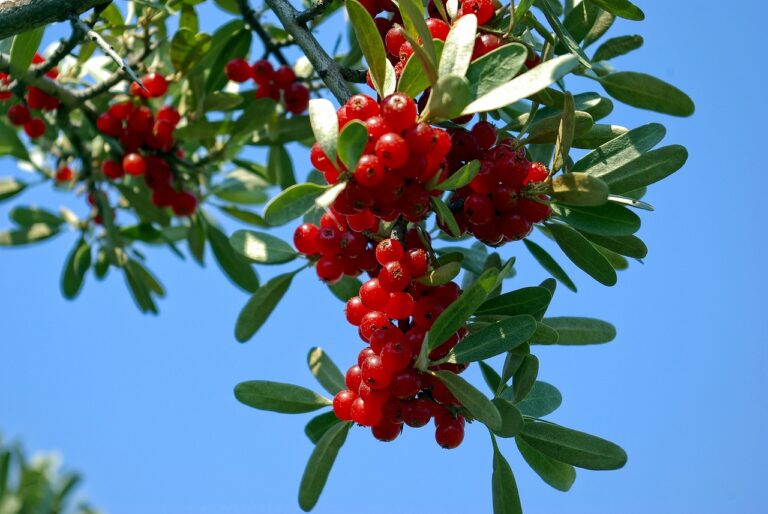Exploring the Paleo Diet: Trends and Tips
In recent years, the Paleo diet has gained popularity as a way to improve health, lose weight, and increase energy levels. This diet focuses on eating foods that were available to our ancestors during the Paleolithic era, such as lean meats, fruits, vegetables, nuts, and seeds. If you’re considering trying the Paleo diet or are already following it, this article will explore some trends and tips to help you make the most of this way of eating.
Benefits of the Paleo Diet
One of the reasons why the Paleo diet has become so popular is because of its potential health benefits. By focusing on whole, unprocessed foods, the diet can help reduce inflammation, improve digestion, and promote weight loss. Many people also report increased energy levels and a sense of overall well-being when following the Paleo diet.
Getting Started
If you’re new to the Paleo diet, it’s important to do your research and understand which foods are allowed and which are not. Some key foods to include in your diet are grass-fed meats, wild-caught fish, eggs, fruits, vegetables, nuts, and seeds. Foods to avoid include grains, dairy, processed foods, and sugar. Planning your meals ahead of time can help you stay on track and avoid falling back into old eating habits.
Meal Planning
Meal planning is essential when following the Paleo diet. By preparing your meals in advance, you can ensure that you have plenty of nutritious options on hand and avoid the temptation to reach for unhealthy snacks. Make a shopping list of Paleo-friendly foods and ingredients, and try out new recipes to keep things interesting. Batch cooking and meal prepping can also save you time during the week.
Snacking on the Paleo Diet
While snacking is not necessarily encouraged on the Paleo diet, it’s important to have healthy options available when hunger strikes between meals. Opt for snacks like nuts, seeds, fresh fruit, hard-boiled eggs, or raw vegetables with guacamole. Avoid packaged snacks that are high in sugar or artificial ingredients, as they can derail your progress on the diet.
Staying Hydrated
Proper hydration is crucial for overall health and well-being, especially when following a diet focused on whole foods. Make sure to drink plenty of water throughout the day to stay hydrated and help your body function optimally. Herbal teas, coconut water, and homemade smoothies can also help you stay hydrated while adding variety to your beverage choices.
Exercise and the Paleo Diet
In addition to focusing on food choices, incorporating regular exercise into your routine can complement the Paleo diet and help you achieve your health and fitness goals. Whether you prefer strength training, cardio, yoga, or outdoor activities, finding workouts that you enjoy can make staying active feel like less of a chore. Make sure to listen to your body and adjust your exercise routine as needed.
Intermittent Fasting
Some individuals following the Paleo diet choose to incorporate intermittent fasting as a way to further enhance their results. Intermittent fasting involves cycling between periods of eating and fasting, which can help regulate blood sugar levels, improve insulin sensitivity, and promote fat loss. If you’re considering intermittent fasting, it’s essential to do so under the guidance of a healthcare professional.
Staying Social on the Paleo Diet
One challenge of following a specific diet like Paleo is staying social while sticking to your food choices. When dining out or attending social events, plan ahead by checking the menu for Paleo-friendly options or offering to bring a dish to share. Remember that it’s okay to make exceptions occasionally and enjoy foods that may not be strictly Paleo. Focus on making the best choices you can in each situation.
Seeking Support
If you’re struggling to stay motivated or have questions about the Paleo diet, seeking support from others can make a significant difference. Joining online communities, attending local meetups, or working with a health coach or nutritionist who understands the Paleo diet can provide you with the encouragement and guidance you need to succeed. Remember that everyone’s journey is unique, so find what works best for you.
FAQs
Q: Can I eat dairy on the Paleo diet?
A: Dairy is generally not allowed on the Paleo diet due to its potential inflammatory effects. However, some individuals may choose to include small amounts of high-quality dairy like grass-fed butter or ghee.
Q: Is it necessary to count calories on the Paleo diet?
A: The Paleo diet focuses on quality, whole foods rather than calorie counting. By listening to your body’s hunger cues and eating nutrient-dense foods, many people find that they naturally reach and maintain a healthy weight without the need to track calories.
Q: How can I satisfy my sweet tooth on the Paleo diet?
A: While traditional desserts and sugary treats are off-limits on the Paleo diet, there are plenty of ways to satisfy your sweet tooth naturally. Opt for fresh fruit, homemade Paleo-friendly treats using ingredients like coconut flour and raw honey, or dark chocolate with a high cocoa content.
Q: Is the Paleo diet sustainable long-term?
A: The sustainability of the Paleo diet depends on your individual preferences and lifestyle. Some people find that they thrive on the Paleo diet and choose to follow it long-term, while others may prefer a more flexible approach that allows for occasional indulgences. Experimenting with different dietary patterns can help you find what works best for you.
Q: Can I drink alcohol on the Paleo diet?
A: While alcohol is not considered Paleo-friendly due to its processed nature and potential negative health effects, some individuals may choose to enjoy occasional alcoholic beverages in moderation. Opt for options like dry wines, clear spirits, or gluten-free beers if you decide to include alcohol in your diet.

